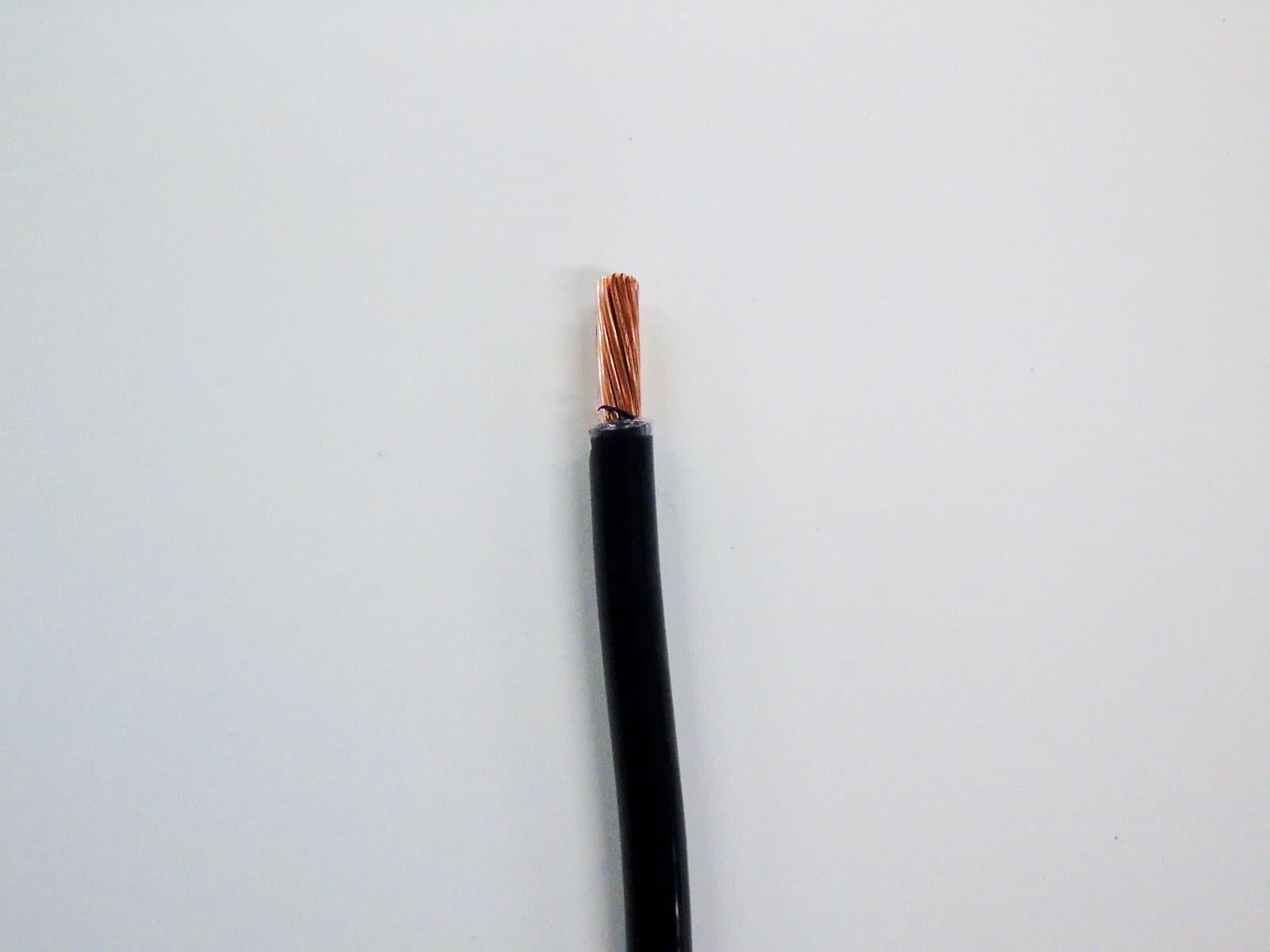

Articles
How Many 2/0 Wires In 1-1/2 Inch Conduit
Modified: March 1, 2024
Discover articles about how many 2/0 wires can fit into a 1 1/2 conduit. Get expert insights and tips on electrical wiring and installation.
(Many of the links in this article redirect to a specific reviewed product. Your purchase of these products through affiliate links helps to generate commission for Storables.com, at no extra cost. Learn more)
Introduction
When working with electrical wiring, it is crucial to have a clear understanding of wire sizes and conduit capacity. The size of the wires and the capacity of the conduit play a significant role in determining the number of wires that can be safely installed within a conduit. One common question that arises is how many 2/0 wires can fit into a 1 1/2″ conduit?
In this article, we will explore the concept of conduit fill and discuss how to calculate the maximum number of 2/0 wires that can be accommodated in a 1 1/2″ conduit. We will also delve into the factors that can affect conduit fill capacity and provide an example calculation to illustrate the process. By the end of this article, you will have a comprehensive understanding of wire sizes, conduit capacity, and how to determine the maximum number of 2/0 wires that can fit in a 1 1/2″ conduit.
Key Takeaways:
- Understanding wire sizes, conduit capacity, and conduit fill calculations is crucial for safe electrical installations. Factors like wire size, conduit size, and insulation type affect the maximum number of 2/0 wires that can fit into a 1 1/2″ conduit.
- Accurate conduit fill calculations prevent issues like overheating and fire hazards. Consulting the NEC and following local electrical codes is essential for safe and compliant electrical installations.
Read more: How Many 12/2 Wires In 1/2 Inch Conduit
Understanding Wire Sizes and Conduit Capacity
Before we dive into calculating conduit fill and determining the maximum number of 2/0 wires that can fit into a 1 1/2″ conduit, let’s first discuss wire sizes and conduit capacity.
Wire sizes are typically measured in American Wire Gauge (AWG), a standardized system used to designate the diameter of electrical wires. The AWG rating determines the current carrying capacity and the physical size of the wire.
Conduit, on the other hand, is a protective tubing or pipe that houses electrical wires and cables. It serves as a pathway and provides mechanical protection for the wires, ensuring their safety and preventing damage.
The capacity of a conduit refers to the maximum number of wires or cables that can be safely installed within it. This capacity is determined based on various factors like conduit size, wire size, and the type of wires being used.
It is important to understand that different wire sizes have different physical dimensions and current carrying capacities. In the case of 2/0 wires, they have a larger diameter and can carry more current compared to smaller gauge wires.
Conduit capacity is influenced by factors such as the size of the conduit, the number and size of the wires being installed, and the type of insulation on the wires. It is essential to ensure that the conduit is not overfilled, as this can lead to overheating, increased resistance, and potential fire hazards.
Now that we have a basic understanding of wire sizes and conduit capacity, let’s move on to calculating conduit fill and determining the maximum number of 2/0 wires that can fit into a 1 1/2″ conduit.
Calculating Conduit Fill
To determine the maximum number of 2/0 wires that can fit into a 1 1/2″ conduit, we need to calculate the conduit fill. Conduit fill is the amount of space occupied by the wires within the conduit. It is expressed as a percentage of the total available conduit area. The National Electrical Code (NEC) provides guidelines for conduit fill, ensuring that the wires are safely and properly installed.
Conduit fill calculations take into account the diameter of the wires and the size of the conduit. The total area of the wires is compared to the internal cross-sectional area of the conduit to determine the percentage of fill.
Keep in mind that different types of wires, such as THHN or THWN, have different outer diameters, which affects the conduit fill calculations. It is important to use accurate measurements and consult the NEC for the specific requirements of the wire being used.
While calculating conduit fill, it is essential to consider the size of the wires, the size of the conduit, and the fill ratio allowed by the NEC. The fill ratio is the percentage of the internal area of the conduit that can be filled with wires.
Most calculations for conduit fill are based on circular or oval conduits. The NEC provides formulas and tables to assist in calculating the fill ratio for different wire sizes and conduit types.
Once we have calculated the conduit fill, we can determine the maximum number of 2/0 wires that can fit into a 1 1/2″ conduit. It is important to note that the actual number of wires may vary depending on factors such as the insulation type, installation method, and specific NEC regulations.
Now that we have a grasp of conduit fill and its calculation, let’s move on to determining the maximum number of 2/0 wires that can fit into a 1 1/2″ conduit and explore the factors that can affect conduit fill capacity.
Maximum Number of 2/0 Wires in a 1 1/2″ Conduit
Now let’s tackle the question at hand: how many 2/0 wires can fit into a 1 1/2″ conduit? To determine this, we need to consider the conduit fill calculations and the specific guidelines provided by the NEC.
The NEC provides a fill ratio table that specifies the maximum percentage of fill allowed for different sizes of conduits and types of wires. For instance, a 1 1/2″ conduit typically allows a maximum fill ratio of 40% for THHN or THWN wires.
Using this information, we can calculate the maximum number of 2/0 wires that can fit into a 1 1/2″ conduit. Let’s assume that the diameter of a 2/0 wire is 0.365 inches.
First, we need to find the internal cross-sectional area of the 1 1/2″ conduit. The internal diameter of a 1 1/2″ conduit is approximately 1.61 inches, giving us a cross-sectional area of 2.039 square inches.
Next, we calculate the area occupied by one 2/0 wire. The formula for the area of a circle is A = πr^2, where A is the area and r is the radius. Considering the diameter of a 2/0 wire as 0.365 inches, the radius is half of that, which is 0.1825 inches. Thus, the area occupied by one wire is approximately 0.1047 square inches.
Now, divide the internal cross-sectional area of the conduit by the area occupied by one 2/0 wire to get the maximum number of wires that can fit. In this case, approximately 19 wires can fit into a 1 1/2″ conduit.
It is important to note that this calculation is a general guideline, and other factors such as insulation type and specific NEC regulations may affect the actual number of wires allowed in the conduit.
Now that we know the maximum number of 2/0 wires that can fit into a 1 1/2″ conduit, let’s explore the factors that can affect conduit fill capacity.
The maximum number of 2/0 wires allowed in a 1 1/2 inch conduit is 9. However, it’s always best to consult local electrical codes and regulations to ensure compliance.
Factors Affecting Conduit Fill Capacity
When determining the conduit fill capacity and the maximum number of 2/0 wires that can fit into a 1 1/2″ conduit, several factors come into play. Understanding these factors is crucial to ensure compliance with electrical codes and maintain a safe and efficient wiring installation.
1. Wire Size: The size of the wires being installed plays a significant role in conduit fill capacity. Larger wire sizes, such as 2/0 wires, require more space within the conduit compared to smaller gauge wires.
2. Conduit Size: The internal diameter of the conduit directly affects its fill capacity. Larger conduits can accommodate more wires, while smaller conduits have limited space for wire installation.
3. Wire Insulation: The type of insulation on the wires can also impact the conduit fill capacity. Different insulation types have varying thicknesses, which affect the overall diameter of the wire and the space it occupies within the conduit.
4. Conduit Type: The type of conduit being used, such as PVC or metal, can also influence the fill capacity. Different conduit materials have different internal diameters and space availability.
5. Bend Radius and Conduit Length: The number and severity of bends in the conduit, as well as the overall length of the conduit run, can affect the available space for wire installation. Bends and long conduit runs can reduce the conduit fill capacity and may require additional calculations.
6. Code Requirements: Following the guidelines set forth by the National Electrical Code (NEC) is essential. The NEC provides specific requirements for conduit fill capacity to ensure safe and efficient electrical installations. It is important to consult the NEC and adhere to local electrical codes when determining conduit fill capacity.
Considering these factors and calculating conduit fill accurately will help ensure that the installation remains within the safety guidelines and prevents issues such as overheating, increased resistance, and potential fire hazards.
Now that we have explored the factors that can affect conduit fill capacity, let’s move on to an example calculation to better understand how to determine the maximum number of 2/0 wires that can fit into a 1 1/2″ conduit.
Read more: How Many #4 Wires In A 1 Inch Conduit
Conduit Fill Calculation Example
Let’s walk through an example calculation to determine the maximum number of 2/0 wires that can fit into a 1 1/2″ conduit. This example will illustrate the process and help you understand how to calculate conduit fill for your own projects.
Step 1: Gather the necessary information
- Wire Size: We’re working with 2/0 wires.
- Conduit Size: Our conduit is 1 1/2″ in diameter.
- Wire Insulation Type: We’ll assume THHN or THWN insulation.
- NEC Guidelines: Refer to the NEC to determine the allowed fill ratio for 1 1/2″ conduits with THHN or THWN wires.
Step 2: Calculate the conduit’s internal cross-sectional area
- For a 1 1/2″ conduit, the internal diameter is approximately 1.61 inches.
- Using the formula for the area of a circle, A = πr^2, the internal cross-sectional area is about 2.039 square inches.
Step 3: Determine the area occupied by one 2/0 wire
- Assume the diameter of a 2/0 wire is 0.365 inches, so the radius is half of that, which is 0.1825 inches.
- Using the formula for the area of a circle, the area occupied by one wire is approximately 0.1047 square inches.
Step 4: Calculate the maximum number of wires
- Divide the internal cross-sectional area of the conduit by the area occupied by one 2/0 wire.
- In our example, the calculation is 2.039 / 0.1047, which gives us approximately 19.47. We round down to 19 wires.
Step 5: Check NEC guidelines
- Refer to the NEC for the fill ratio allowed for 1 1/2″ conduits with THHN or THWN wires.
- If the NEC specifies a lower fill ratio than our calculated maximum, we need to adjust the number of wires accordingly.
Remember, this is just a basic example calculation, and it is important to consider other factors such as insulation type, installation method, and specific NEC regulations that may affect the actual number of wires allowed in the conduit.
Conduit fill calculations should always be performed carefully and accurately to ensure a safe and compliant electrical installation. Consulting the NEC and following local electrical codes is essential for accurate conduit fill calculations and adherence to safety standards.
With this example in mind, you should now have a clearer understanding of how to calculate conduit fill and determine the maximum number of 2/0 wires that can fit into a 1 1/2″ conduit.
Conclusion
Understanding wire sizes, conduit capacity, and conduit fill calculations is essential for safely and effectively installing electrical wiring. In this article, we explored the concept of conduit fill and how it relates to determining the maximum number of 2/0 wires that can fit into a 1 1/2″ conduit.
We discussed the importance of wire size and conduit size in relation to conduit fill capacity. We also highlighted the factors that can affect conduit fill, such as wire insulation, conduit type, bend radius, and overall conduit length. Adhering to the guidelines set by the NEC ensures a safe and compliant electrical installation.
Calculating conduit fill requires accuracy and consideration of the specific requirements of the wire being used. By determining the internal cross-sectional area of the conduit and the area occupied by one wire, we can calculate the maximum number of wires that can fit. However, it is crucial to consult the NEC for the allowed fill ratio and adjust the number of wires accordingly.
Conduit fill calculations play a significant role in preventing issues like overheating, increased resistance, and potential fire hazards. Following proper conduit fill guidelines helps maintain the integrity of the electrical system and ensures the safety of both the installation and the individuals using it.
Remember to always consult the NEC and local electrical codes when performing conduit fill calculations. These guidelines provide specific requirements and regulations that must be followed to ensure a safe and compliant electrical installation.
With the knowledge gained from this article, you are now equipped to confidently calculate conduit fill and determine the maximum number of 2/0 wires that can fit into a 1 1/2″ conduit. By adhering to proper practices, you can create efficient and reliable electrical wiring installations while prioritizing safety.
Frequently Asked Questions about How Many 2/0 Wires In 1-1/2 Inch Conduit
Was this page helpful?
At Storables.com, we guarantee accurate and reliable information. Our content, validated by Expert Board Contributors, is crafted following stringent Editorial Policies. We're committed to providing you with well-researched, expert-backed insights for all your informational needs.
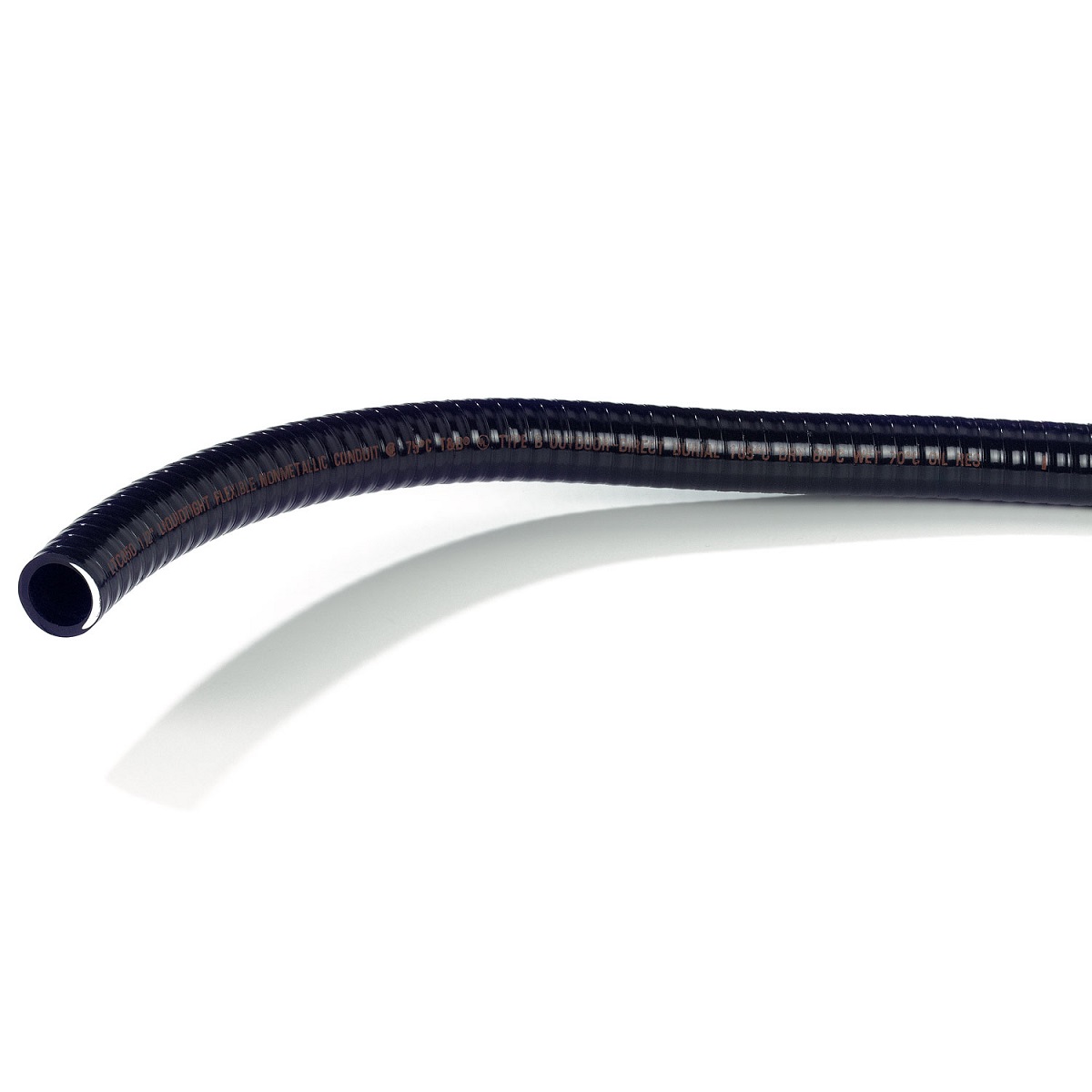
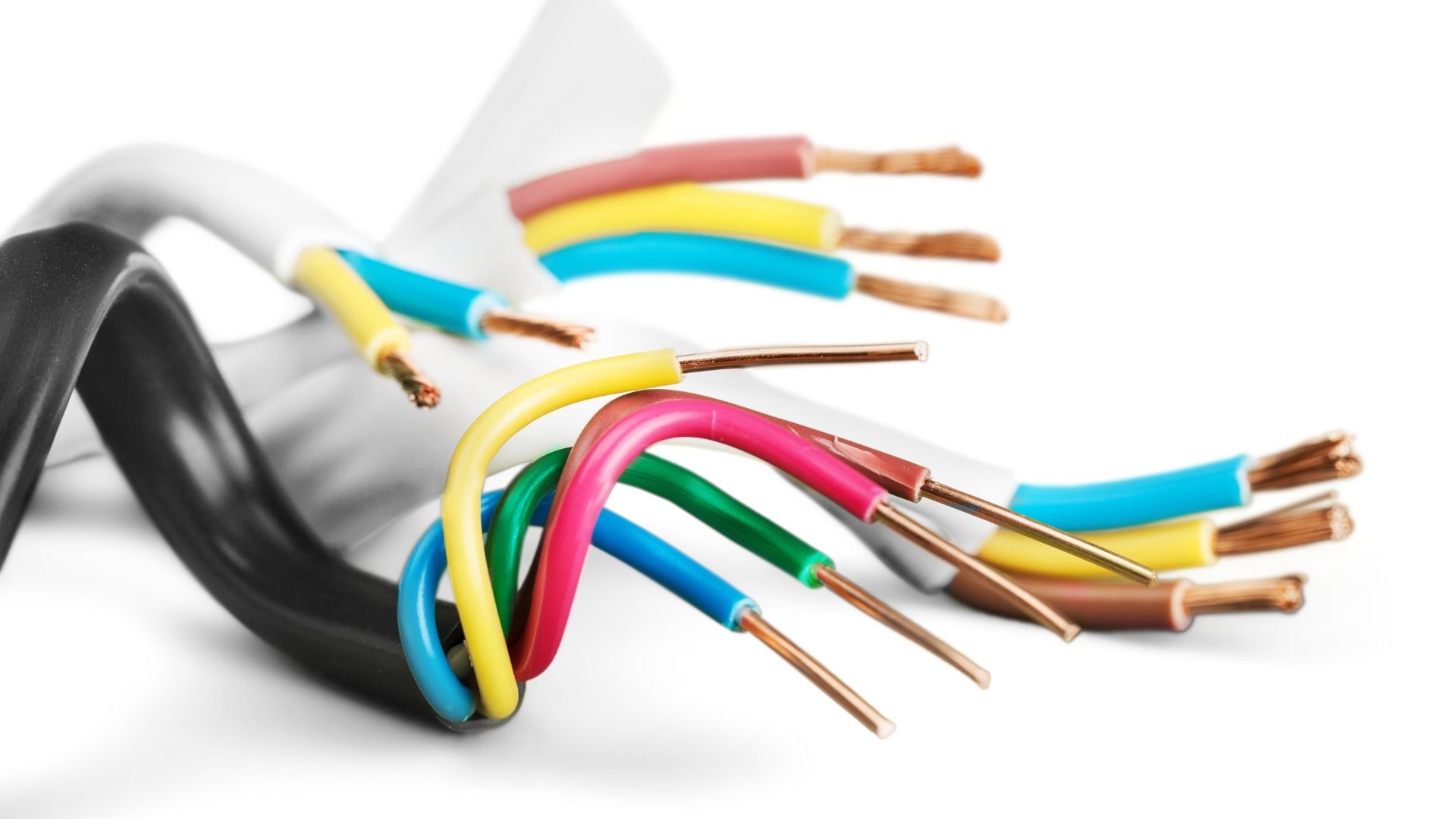

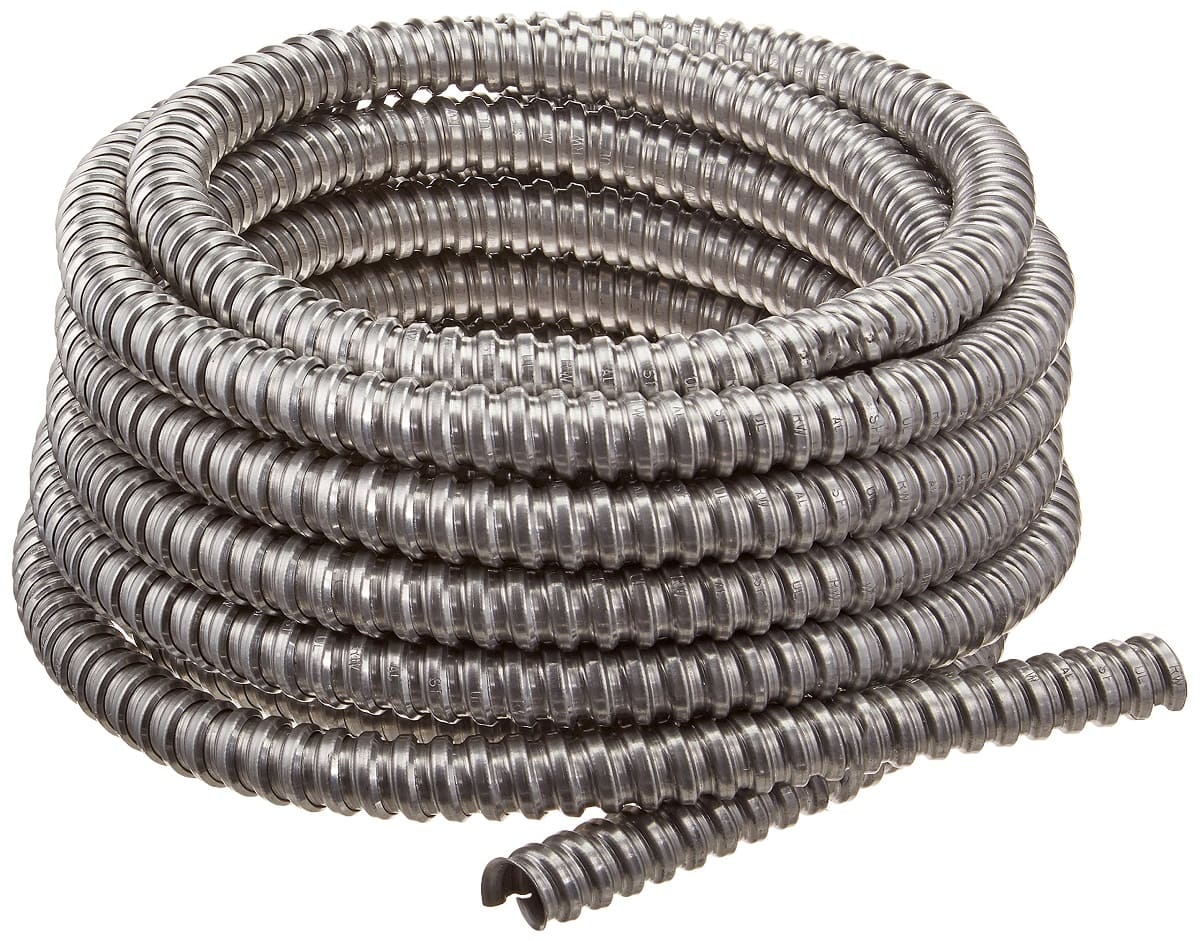
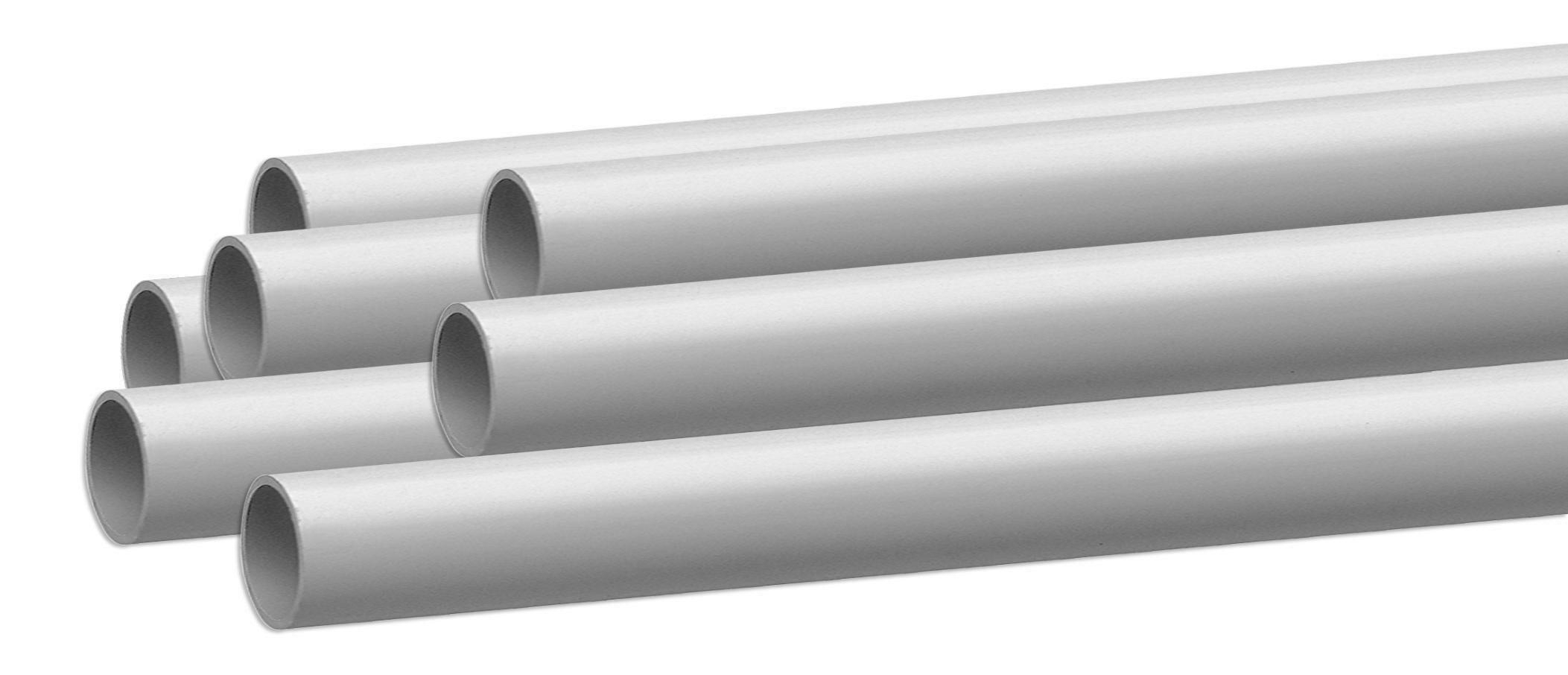
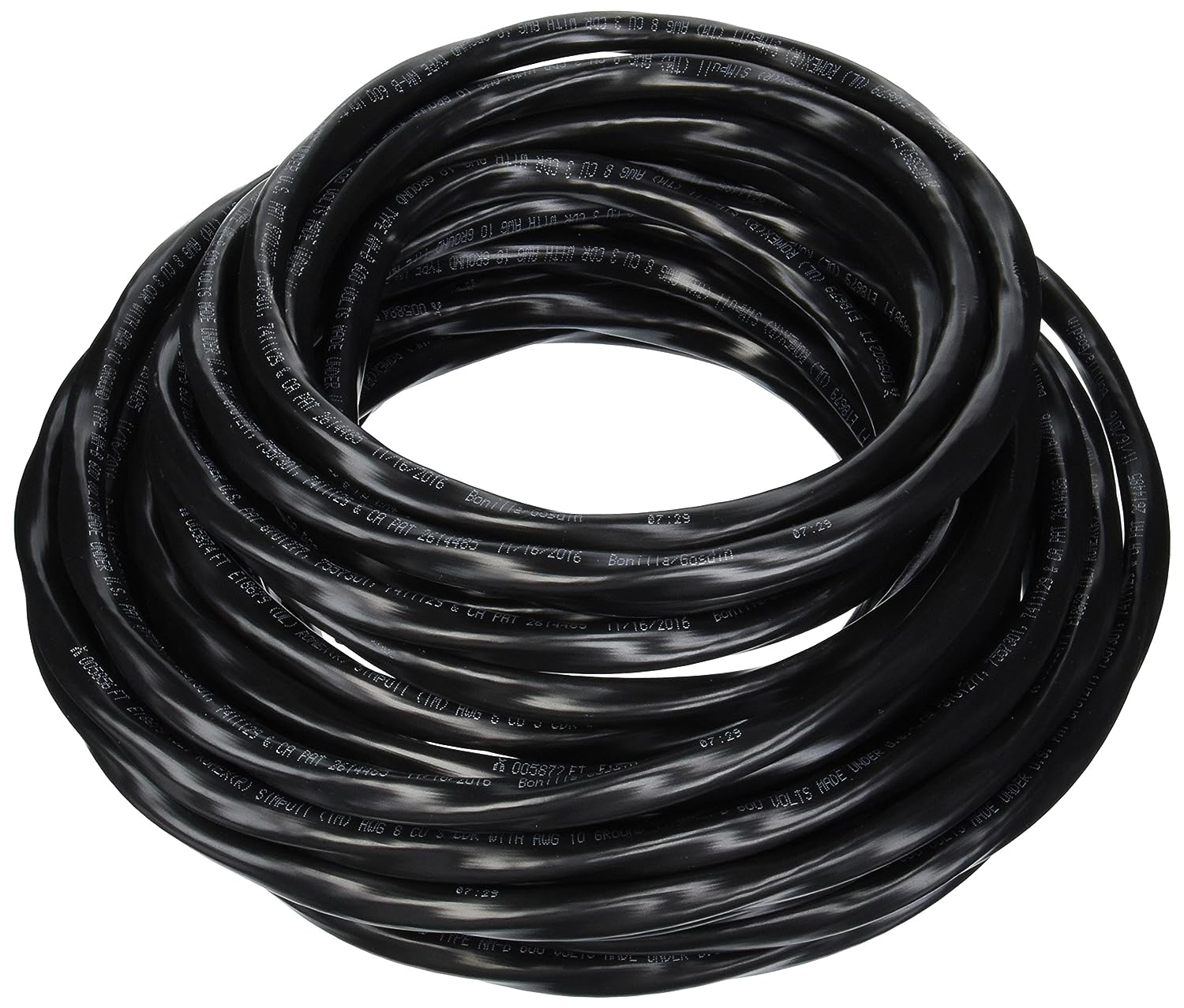
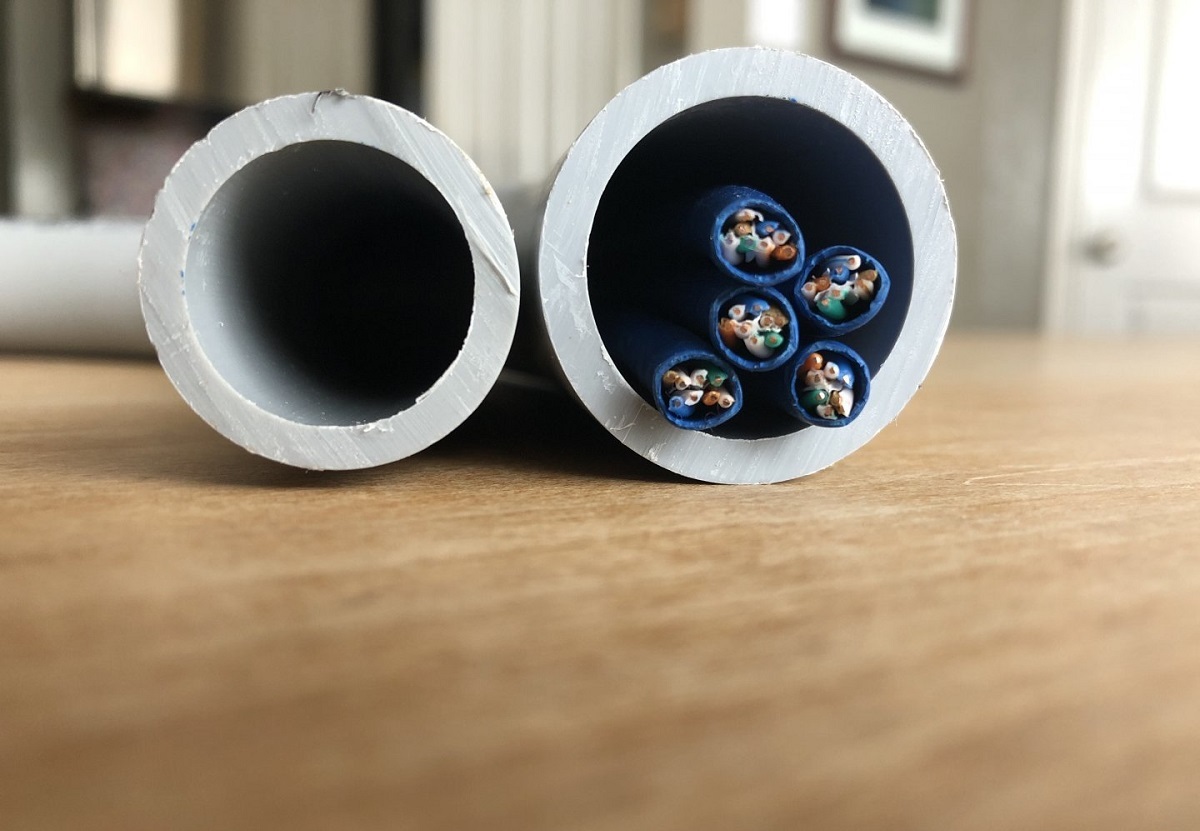

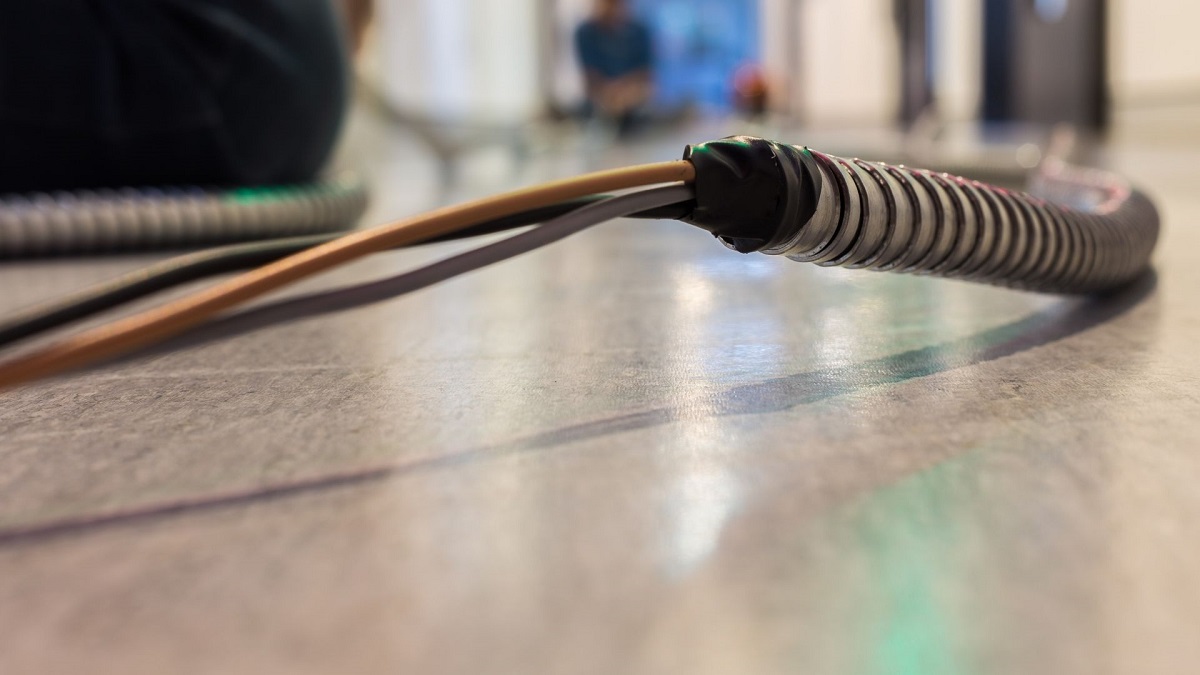
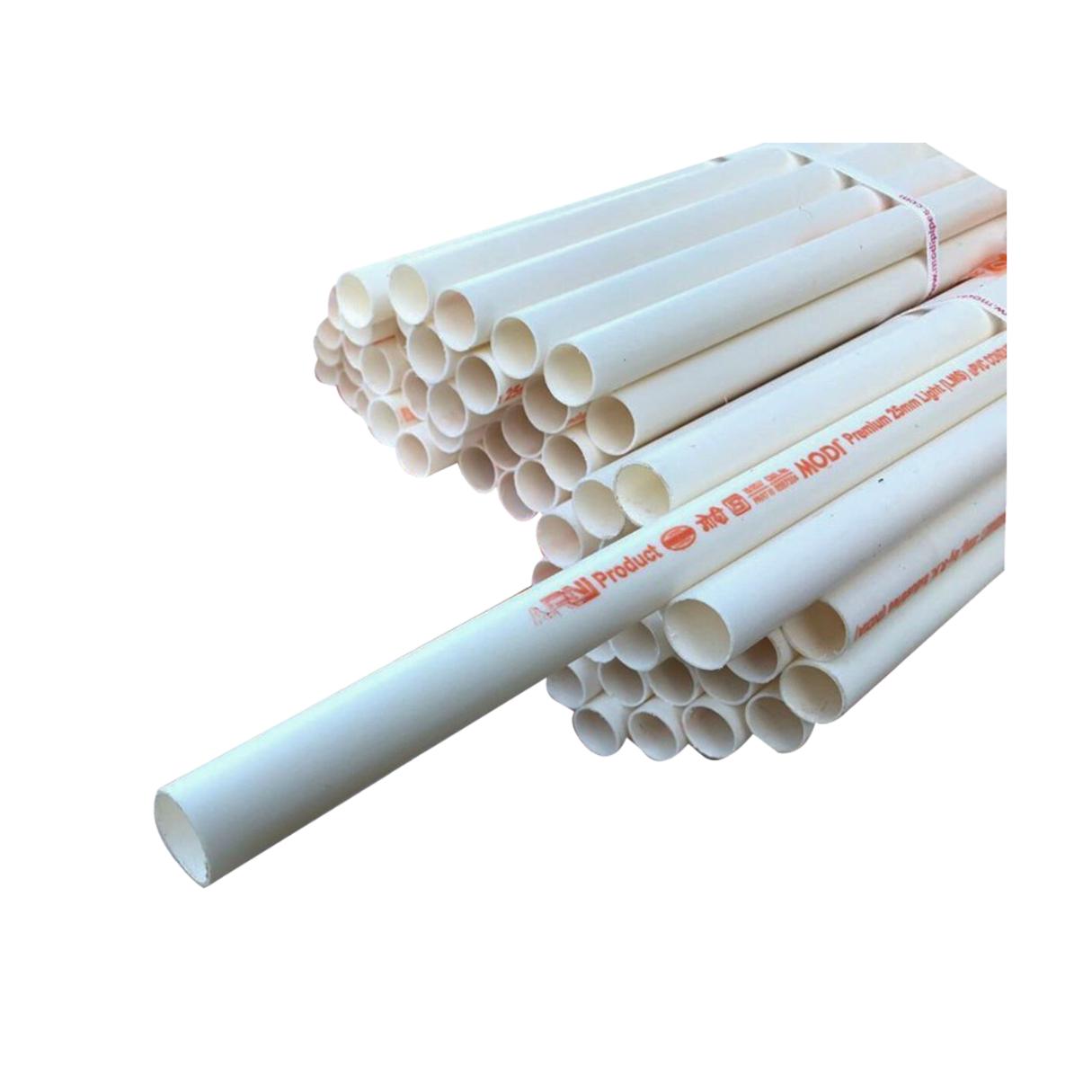
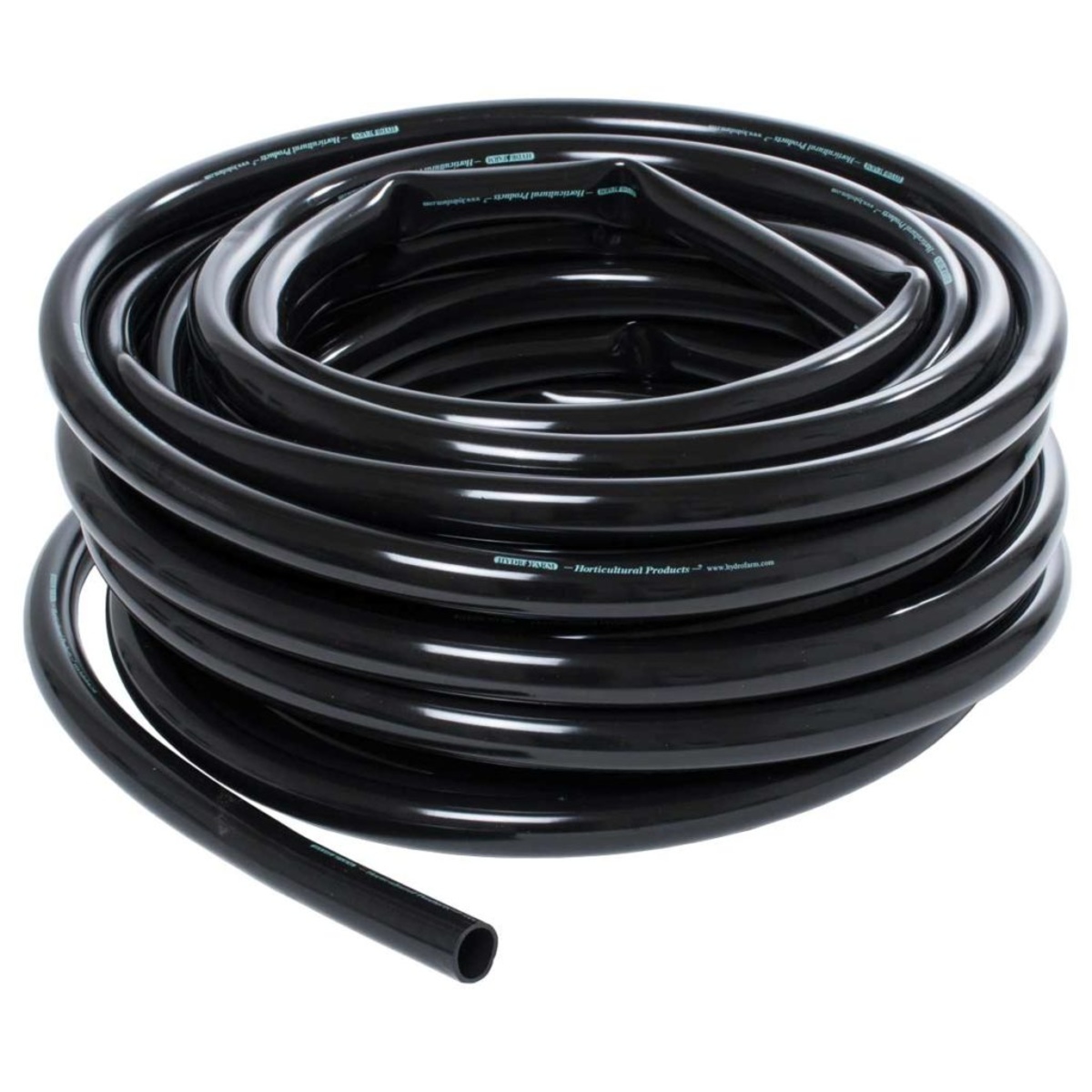
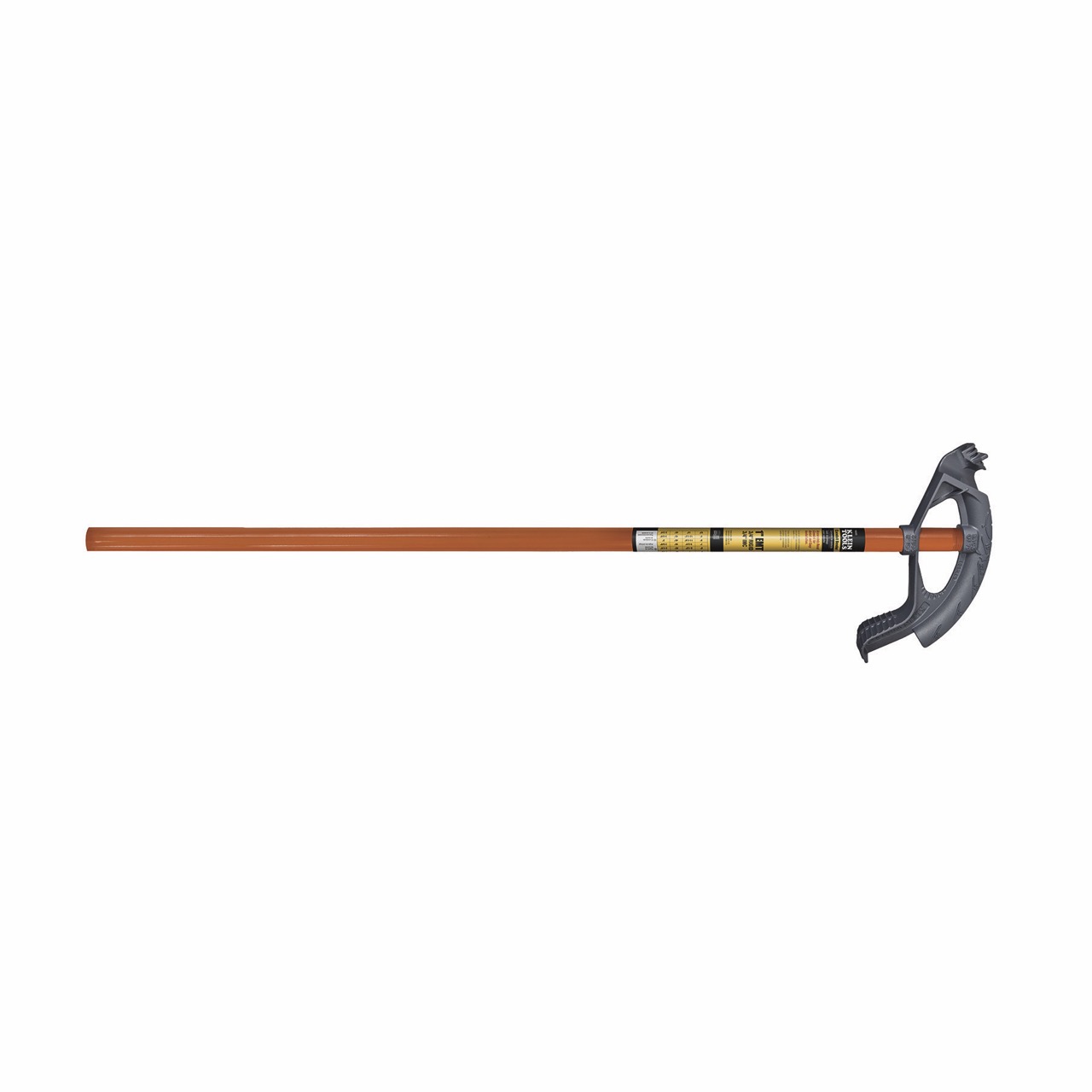
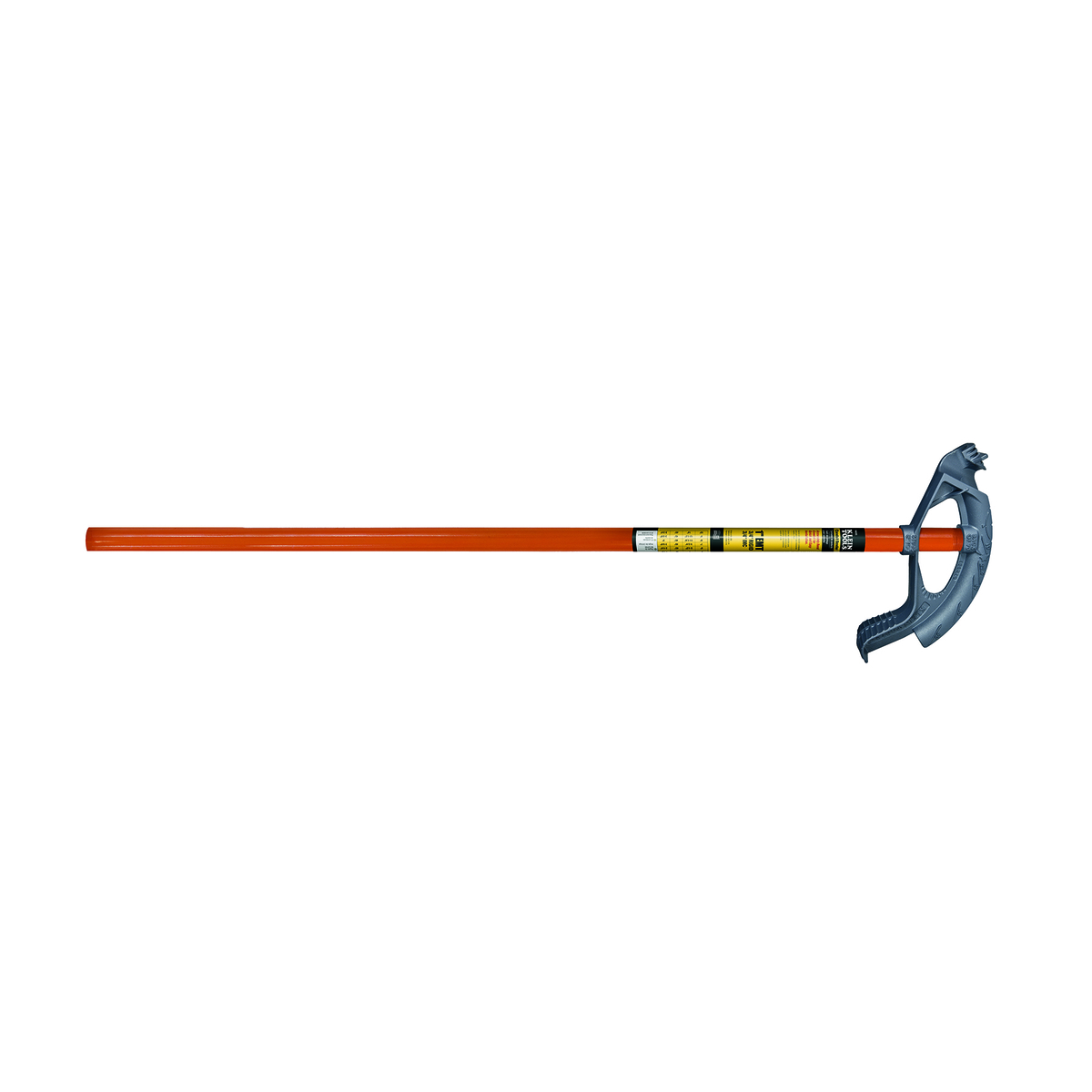
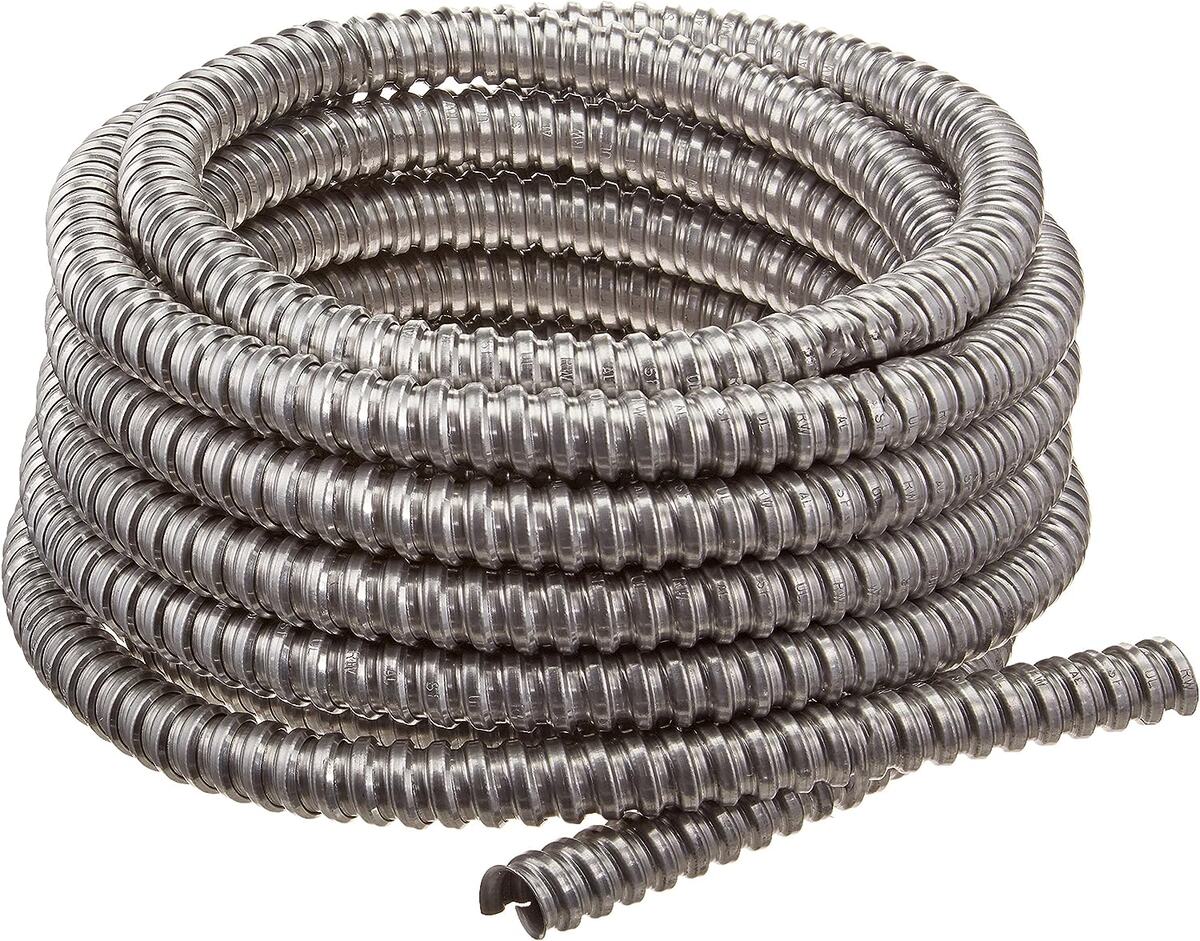

0 thoughts on “How Many 2/0 Wires In 1-1/2 Inch Conduit”